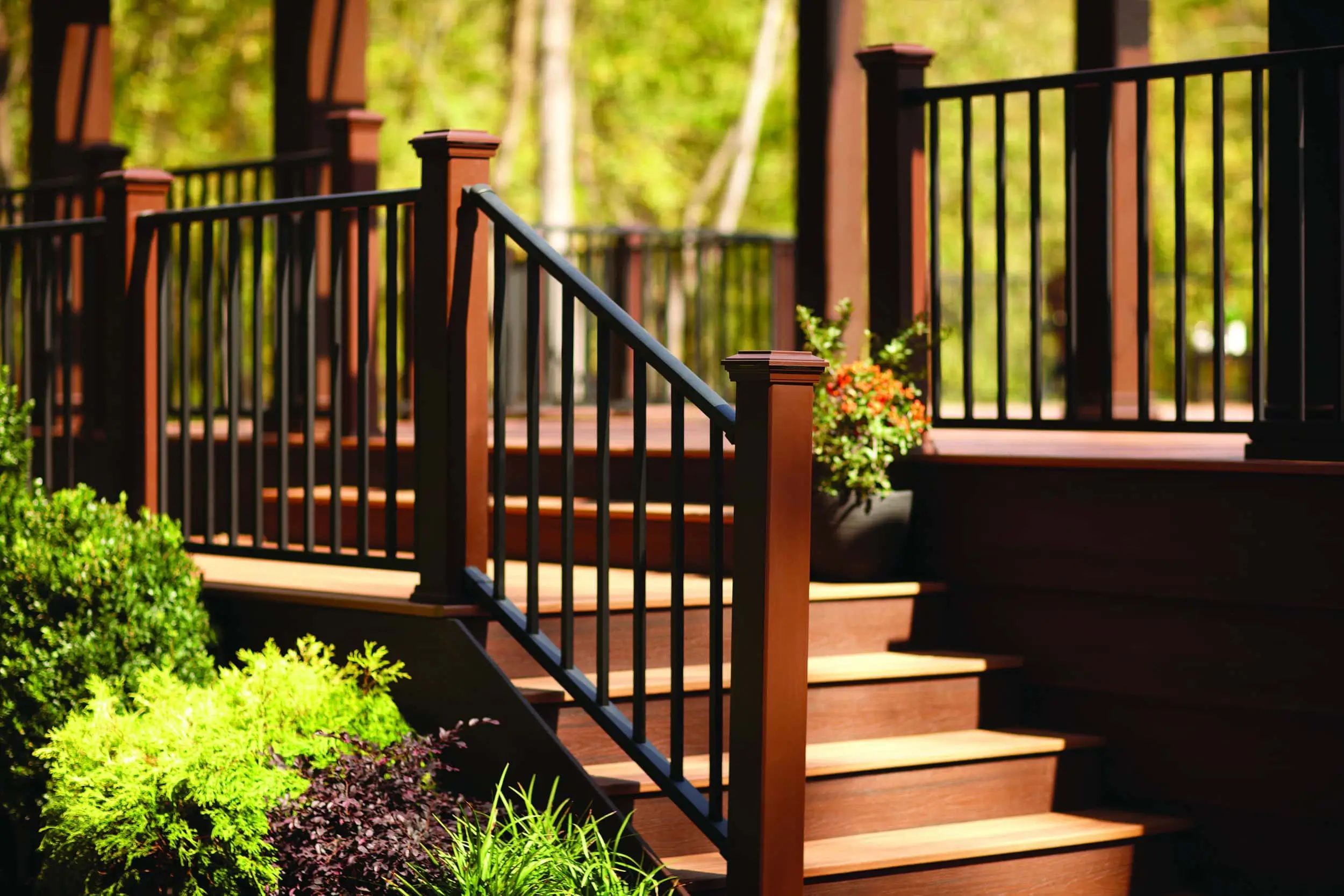
Outdoor Living
We unite suppliers and green industry professionals worldwide
If you’ve ever seen the vibrant, cascading blooms of the Jackman Clematis, you know why it’s one of the most cherished climbing plants around.
By Victor Miller
|Published on June 16, 2025
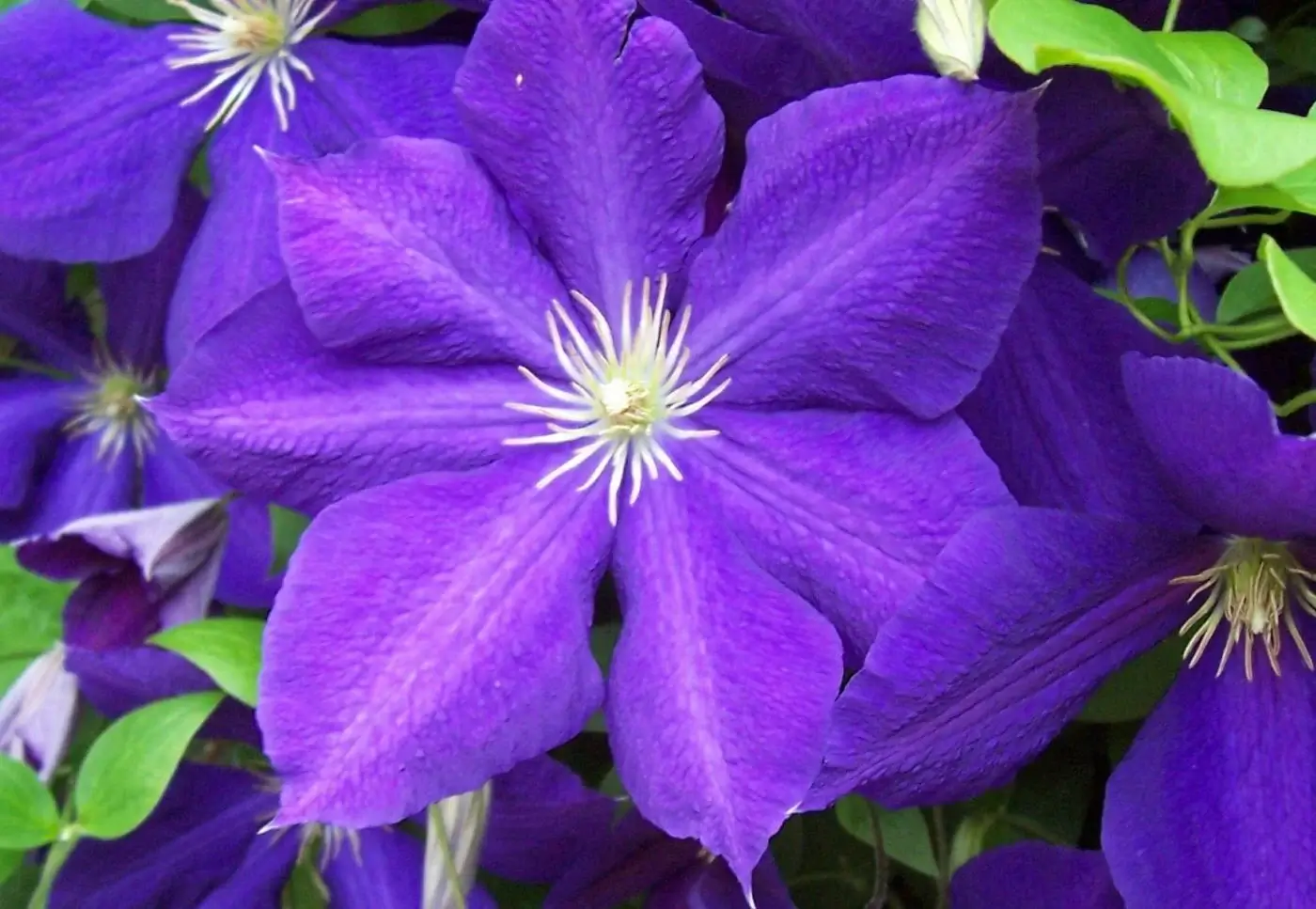

If you’ve ever seen the vibrant, cascading blooms of the Jackman Clematis, you know why it’s one of the most cherished climbing plants around. If you have seen a blooming Jackman clematis flowering over a garden trellis or wall, you know why it is one of the most loved climbers.
Native to Europe, Jackman Clematis is celebrated for its fast-growing nature, long-lasting blooms, and ability to thrive in a variety of conditions. Whether you’re a seasoned gardener or a beginner, this clematis is a great choice for creating a stunning focal point in your outdoor space.
| Common Name | Jackman Clematis |
| Scientific Name | Clematis jackmanii |
| Type | Deciduous perennial |
| Height | Up to 10 feet |
| Bloom Time | Summer to early fall |
| Flower Color | Purple, violet |
| Sun Needs | Full sun to partial shade |
| Soil Requirements | Well-draining, moderately fertile soil |

September 05, 2025
9 minute read
September 05, 2025
19 minute read
September 05, 2025
19 minute read
September 04, 2025
24 minute read


Join as a seller and connect with thousands of B2B buyers nationwide!
Sign Up

Oakleaf Hydrangea
Oakleaf Hydrangea (Hydrangea quercifolia) is a genuine multi-season miracle. This shrub offers something special every season — from creamy white flower cones in summer to crimson foliage in autumn and exfoliating bark that adds texture to winter gardens.
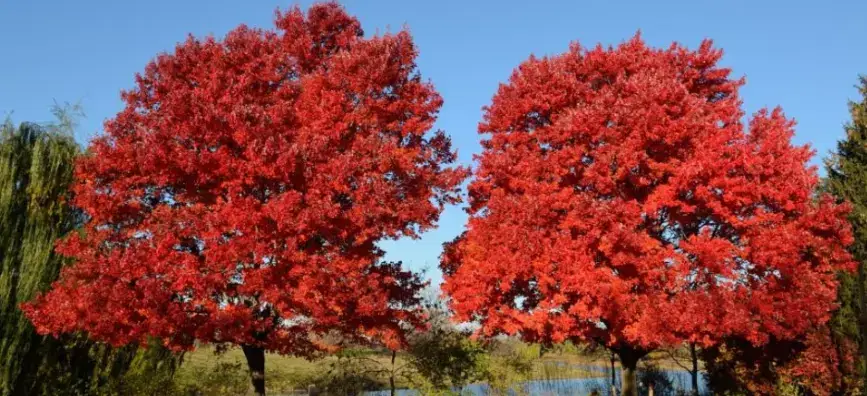
October Glory Maple
Famed for its dazzling late-season color, this popular red maple cultivar puts on a dazzling show when most trees have already shed their leaves. It’s a fabulous shade tree no matter the season.

Radish
Radishes are an excellent choice for those who want to see the fruits of their labor coming so fast
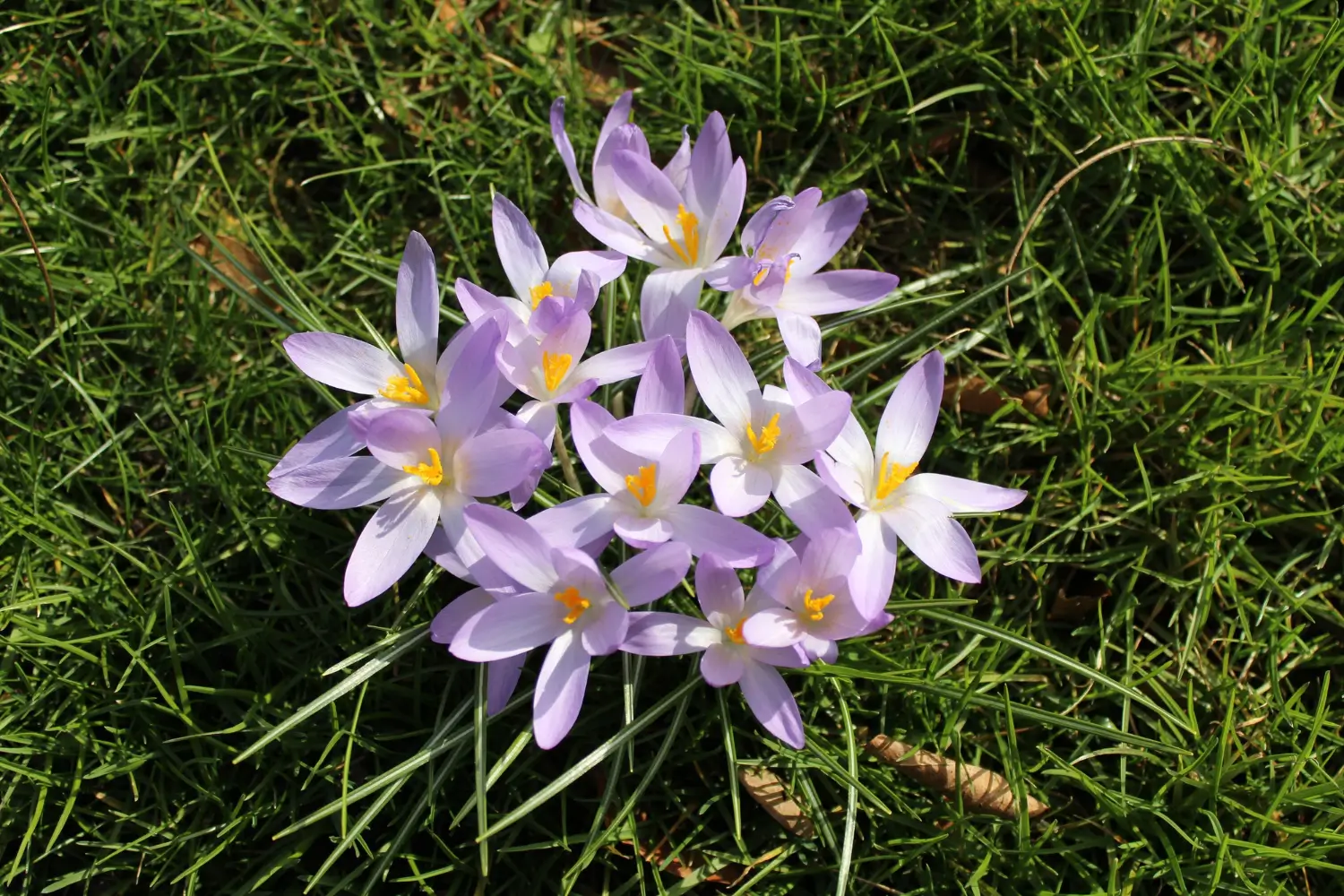
Rain Lily
Have you ever seen a flower that blooms with the arrival of rain? The Rain Lily does exactly that, adding splashes of color to your garden as the clouds open up.
Jackman Clematis blossoms with a bit of TLC, especially under concerning growing conditions. This plant requires a lot of sunlight, consistent watering, and well-draining soil. It’s relatively low-maintenance, but it does enjoy a little trimming every now and then to keep giving you big, beautiful blooms. With proper care, you will have a showstopper in your garden for years to come with your Jackman Clematis.
Jackman Clematis thrives in full sun, promoting lots of blooms. It should get a minimum of 6 hours direct sunlight a day. However, it can tolerate partial shade, particularly in hotter climates, as long as it still receives some sunlight.
Clematis like a rich, well-drained soil with plenty of organic matter. They are not especially fussy about soil type, although sandy or loamy soils are best. As for soil pH, it's best to be slightly acidic to neutral (6.0-7.0) for proper growth and flowering.
Water Jackman Clematis occasionally, allowing the soil to dry out gradually, but never fully. This plant doesn’t enjoy having wet roots, so make sure the soil drains well. Water in dry weather to promote deep roots, but don’t overwater as it may lead to root rot.
Pruning Jackman Clematis is an important aspect of their care, particularly to keep it well-shaped and healthy. A late-blooming type, it flowers on new growth, so responds well to heavy pruning in early spring before new shoots emerge. Prune last year’s growth back to 12-18 inches from the ground to encourage strong new growth. Dead or damaged stems can be cut back during the growing season as well. That way you can also keep the plant looking tidy and encourage more blooms.
If your Clematis has grown too leggy or out of shape, prune it back to a manageable size, but never remove more than one-third of the plant at once to avoid stressing it.
Jackman Clematis propagates easily, and that’s an added bonus. Two common ways are by cuttings or layering.
Dividing older plants and growing from cuttings are two effective ways to multiply your Clematis collection without the expense of buying new plants.
Jackman Clematis will grow in pots, too, so you know that even if you don’t have a big garden, you can still enjoy their blooms. Select a container at least 18-24 inches deep and wide for its root system. Use a well-draining potting mix, and make sure your pot has drainage holes. Clematis can grow in pots, but need regular watering and a balanced fertilizer every 4-6 weeks during the growing season. Since Clematis are naturally climbers, give them a trellis or stake for vertical support.
Container-grown Clematis often require more water than those grown in the ground, particularly in warm weather. In colder climates, bring pots indoors or provide winter protection.
Jackman Clematis is considered hardy in USDA zones 4-9. For root protection in colder regions, it is relevant to protect the roots in winter months. After the first frost, cut the plant back to around 6-8 inches above the ground.
Pack on a thick layer of mulch around its base, to insulate its roots. In pots, move the plant inside or place it in a cool, dry location to avoid freezing. Clematis require no special winter care, but some protection will help ensure that they come back healthy each spring.
The main attraction of Jackman Clematis is its showy flowers. These vibrant purple flowers appear from mid-summer to early fall, often covering the plant in a stunning display. Clematis flower on new growth, so annual cuts stimulate more blooms. To encourage continued flowering, make sure your plant receives full sun, especially in the morning, which dries moisture from the leaves and inhibits fungal diseases. Give their roots a cool blanket with mulch, because Clematis like had their roots covered but their tops up in the sun.
Jackman Clematis is typically resistant to both pests and diseases, though some issues can still occur. Watch out for:
Jackman Clematis is another stunning flowering plant that makes a great addition to a garden, bringing bright flowers and impressive climbing capabilities. With the proper care — adequate sunlight, well-draining soil and regular pruning — it can flourish year after year, transforming your outdoor area. Whether you have it in ground or in a pot, this versatile plant extends a cascade of stunning blooms from summer into fall. Your Jackman Clematis can be a garden favorite for seasons to come with a little attention.
Yes, Jackman Clematis is a perennial that comes back and blooms again each year with some TLC.
Prune in early spring before new growth appears. It’s also possible to do gentle pruning during the growing season to get rid of dead or damaged stems.
Though it will grow in partial shade, Jackman Clematis flowers most profusely in full sun, so shoot for a minimum of 6 hours of daily sunlight.
That may be because it isn’t getting enough sun, or it is a victim of improper pruning or too much nitrogen fertilizer, which makes it grow foliage instead of flowers.

Outdoor Living
Victor Miller
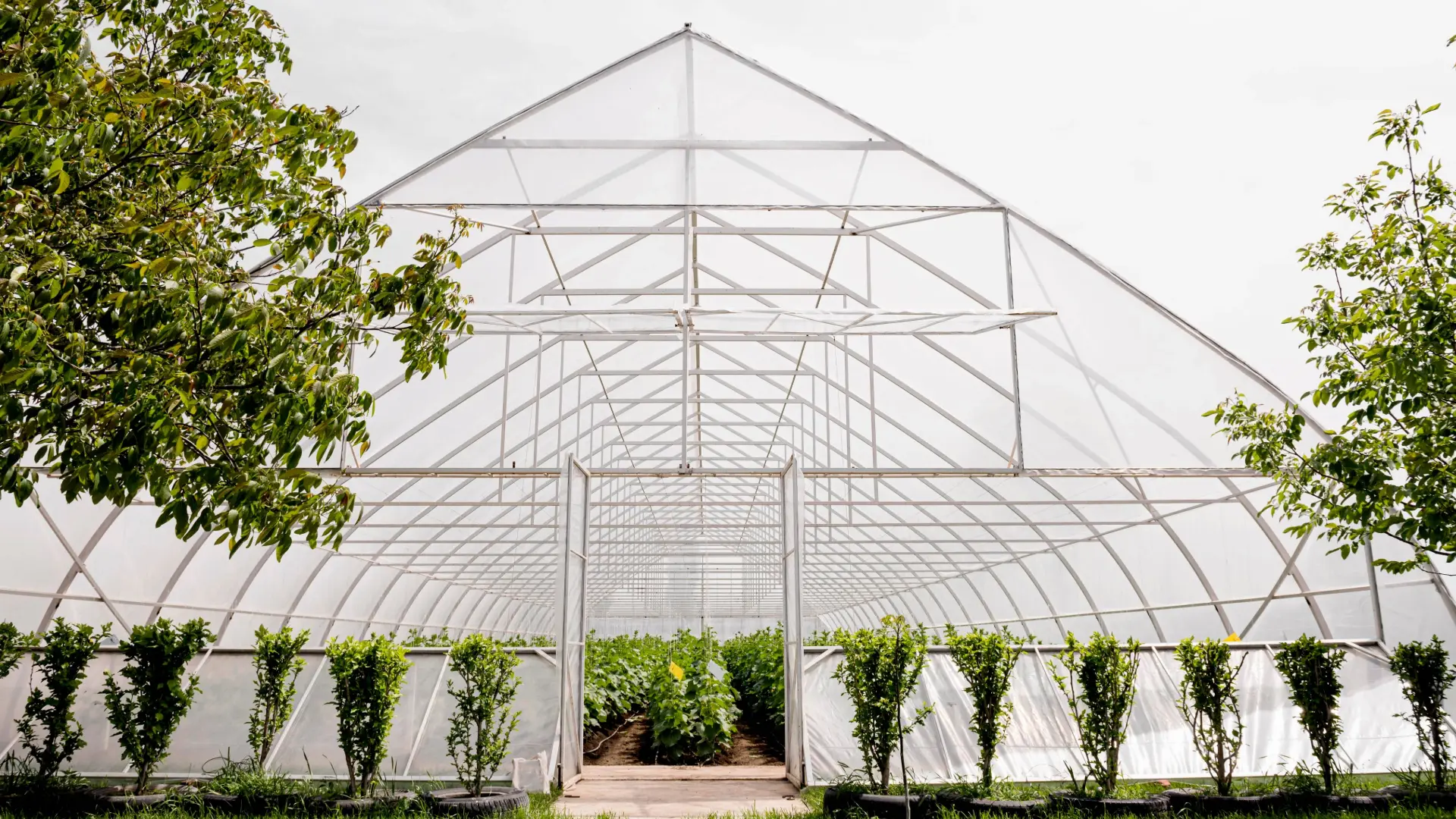
Greenhouse Growing
Gina Lazaarus

Agricultural Policy & Innovation
Gina Lazaarus
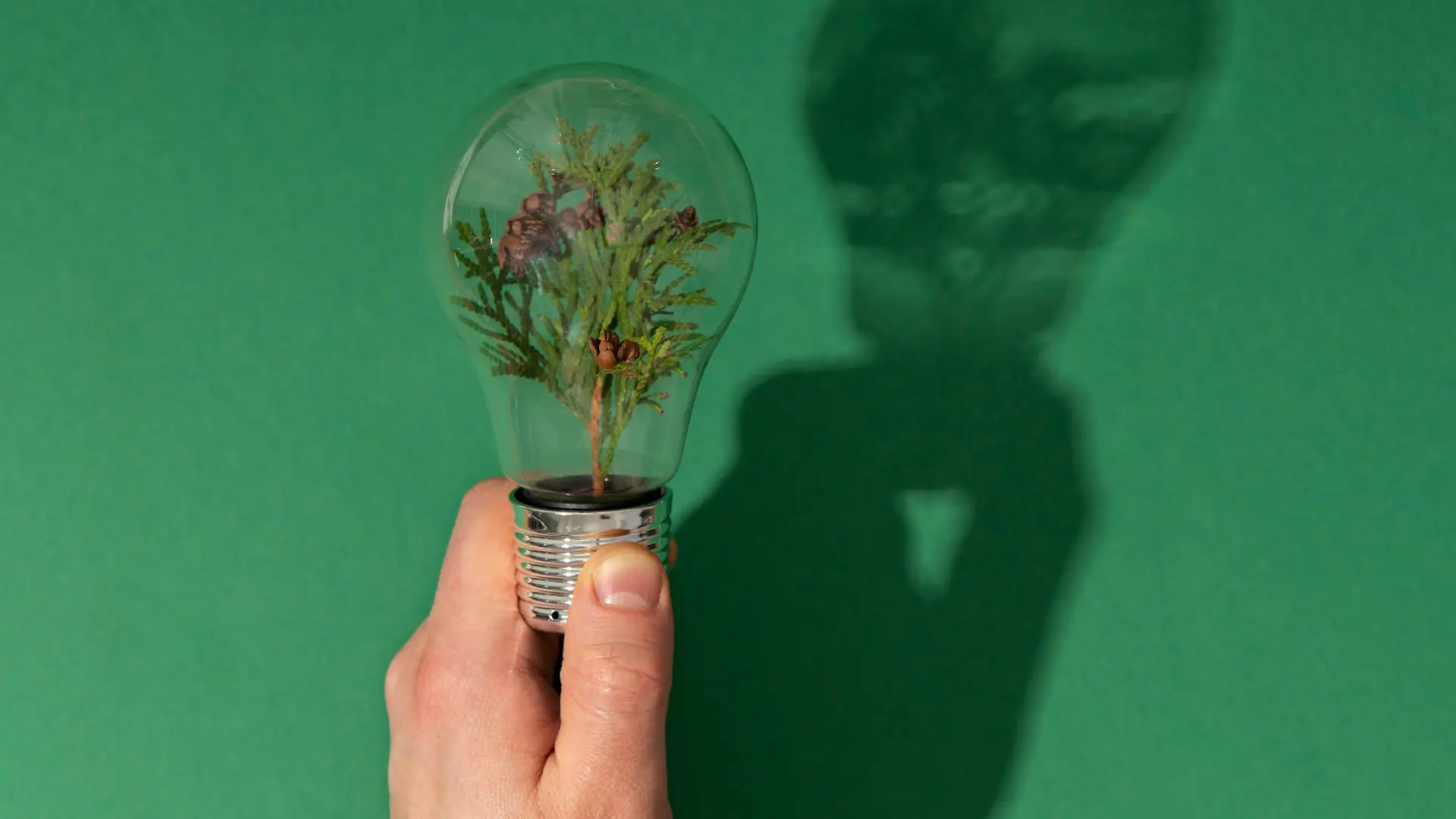
Software & Robotics
Gina Lazaarus
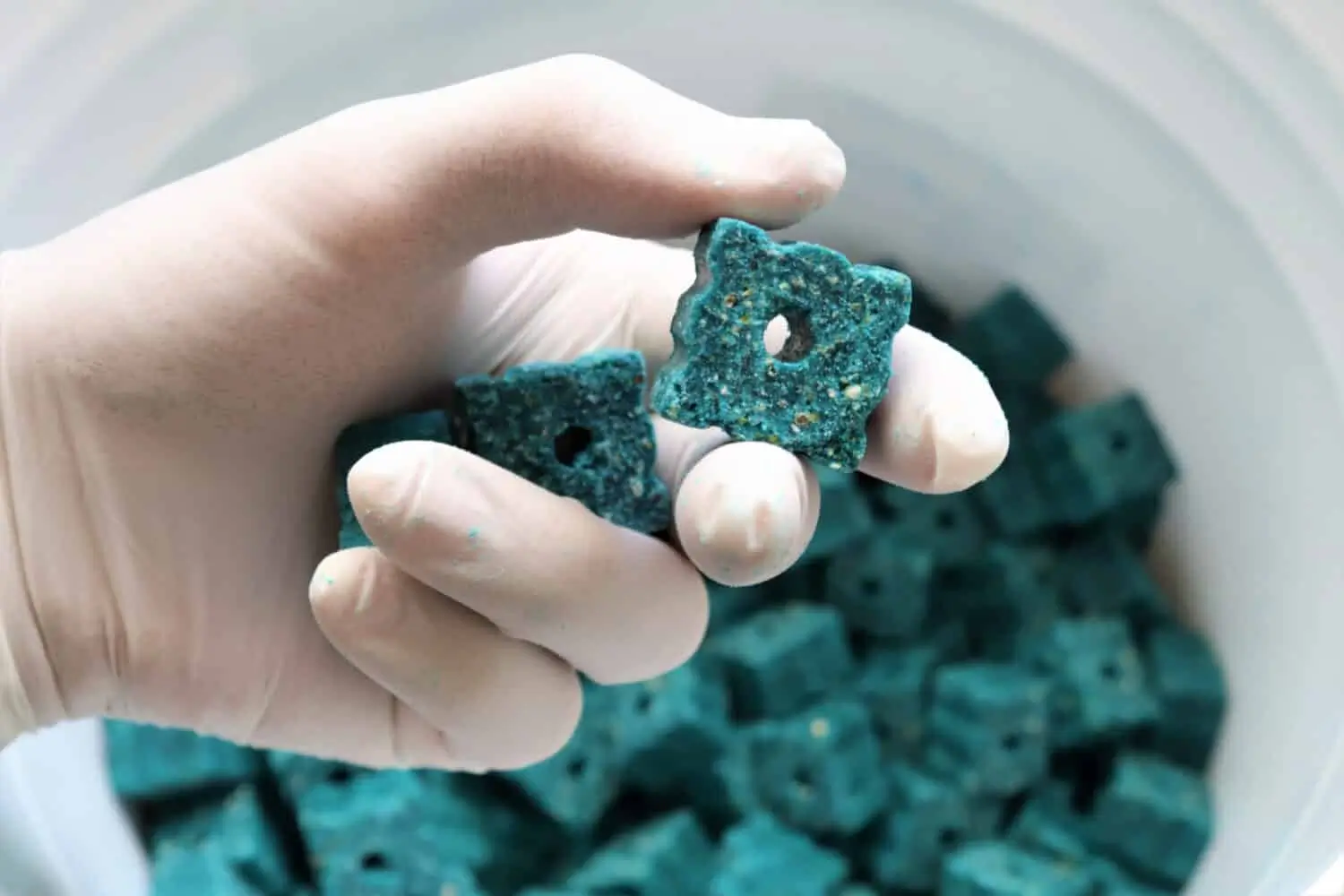
Organic & Natural Pest Solutions
Victor Miller
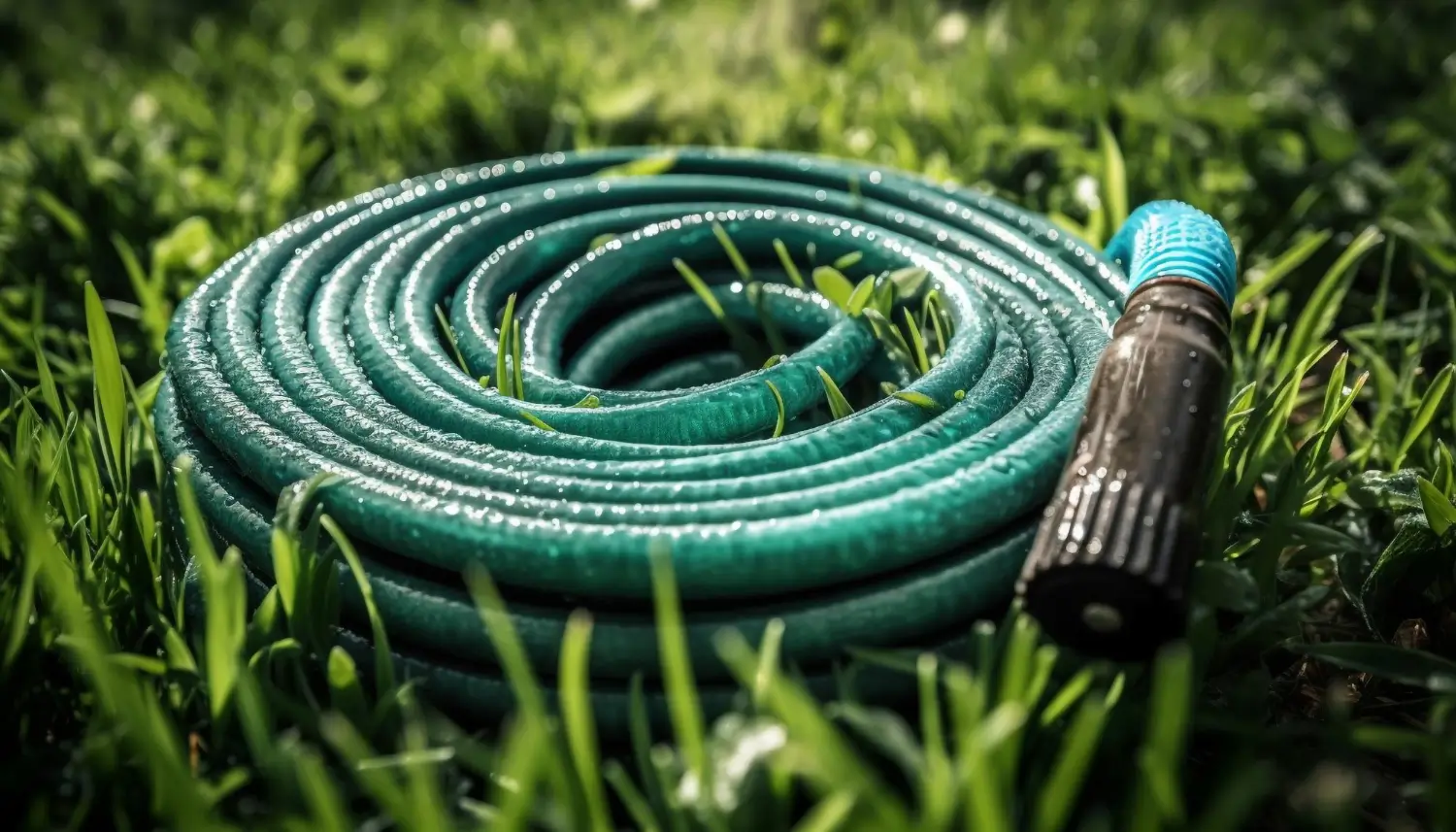
Irrigation System Design & Tips
Victor Miller

Construction Tips & Techniques
Victor Miller
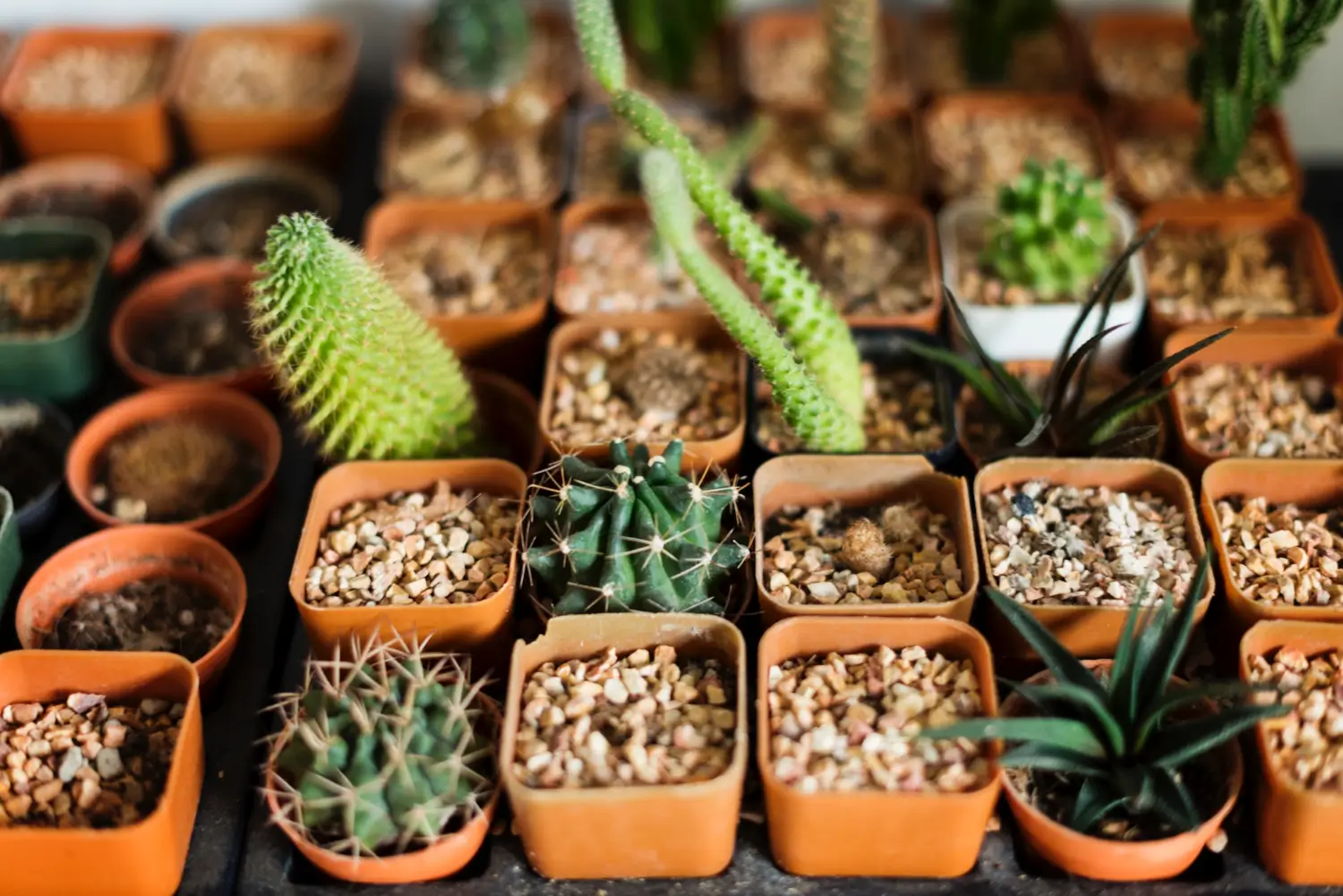
Lawn Care Tips & Maintenance
Victor Miller
My Account
Our team is always here to help.
We are open Monday - Friday, 9:00 AM to 4:30 PM PST.